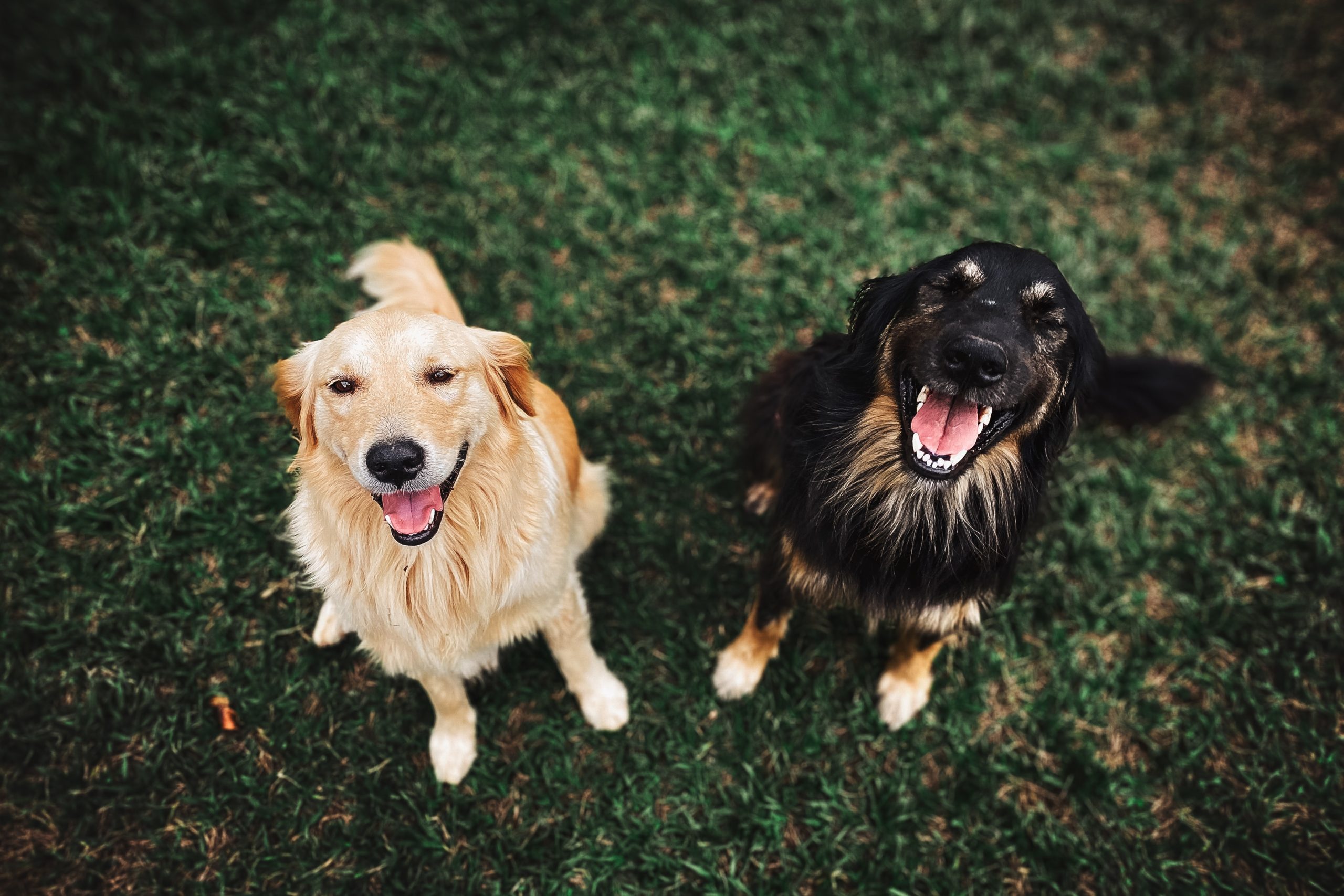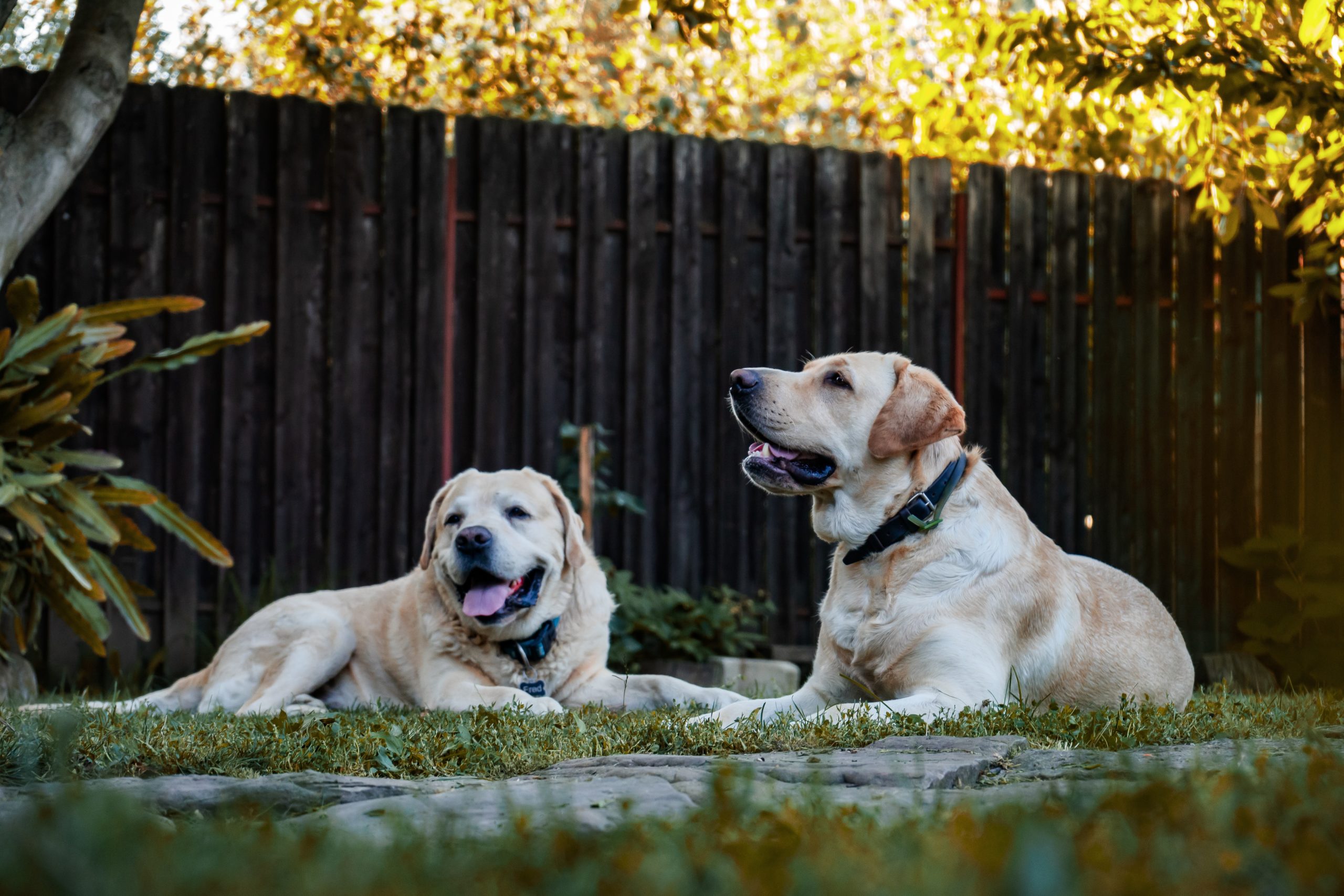Puppies can be born deaf (congenital deafness) or dogs can develop deafness later in life (acquired deafness).
What causes deafness in dogs?
Congenital deafness can either be due to problems while in the uterus, such as infection or use of harmful drugs in the pregnant bitch, but more commonly it is inherited.
Acquired deafness later in life can be due to ear infections, injury to the ear, drug-related problems (certain antibiotics), abnormalities of the external ear canal (narrowing of the canal, ruptured ear drum etc), inflammation or infection of the middle ear or old age (known as presbycusis). Noise trauma such as repeated exposure to loud noises (gun-fire) can cause temporary or permanent deafness, and some dogs have become deaf after a general anaesthesia.
What dogs are at risk of congenital deafness?
Deafness at birth in dogs is usually an inherited form associated with white pigmentation genes, with increasing amounts of white associated with a higher incidence of deafness. Mechanism of inheritance is not understood for most breeds and affected dogs should not be bred.
Breeds at risk from pigment-associated deafness include Dalmatians, English Setters, Australian Cattle Dogs, whippets, bull terriers, English Cocker Spaniels, and Jack Russell terriers. Blue-eyed Dalmatians and English Setters are most commonly affected, and this corresponds with the suppression of melanocytes in the iris, resulting in blue eyes.
Another pigmentation gene associated with deafness is the Merle gene found in Shetland Sheepdogs (Shelties), Collies, Border Collies, Australian Shepherds, Cardigan Welsh Corgis, Dachshunds, Great Danes and a range of other dog breeds. The gene usually results in mottled patches of colour in a solid or piebald coat, blue or odd-coloured eyes or mottled patches of pink and black on the nose and paw pads.
What are the signs of deafness?
The signs of deafness will vary, depending on whether the animal can hear some sounds or is totally deaf. A deaf dog does not respond to everyday sounds, “squeaky” toys or its name, and will not be aroused from sleep by a loud noise.
Often dogs that gradually become deaf can compensate for their hearing loss so that it is not apparent to the owners, until it is complete. They compensate with increased awareness of other sensory signals and can use their sight, sensitivity to vibration and even air current changes to make assessment of deafness difficult. Therefore some dogs appear to have suddenly become deaf when in fact it has been progressively worsening.
Deafness in one ear can also be difficult to assess, as the only sign will be difficulty in localising the source of a noise.
How do you test for deafness?
Firstly, you need to have your dog examined by your veterinarian to rule out any medical problems that can be treated (e.g. ear infection, blocked ear canal etc).
The only way to know for sure if your dog is deaf is with a BAER test (Brainstem Auditory Evoked Response). This is a non-invasive, painless test that detects electrical activity in the cochlea and auditory pathways in the brain. Since it requires specialised equipment, the BAER test can only performed by specialist veterinarians.
What if my puppy is found to be deaf?
The decision on what to do with a deaf puppy is extremely difficult. Bilaterally deaf dogs present a variety of liabilities and emotional landmines. Deaf animals are at risk of injury or death from undetected dangers such as cars. When startled, they may reflexively bite, which is a special concern around infants and toddlers.
Not all deaf dogs develop these problems, and no data exists on prevalence rates for such events, but there is no way to predict which animals may or may not have these experiences. Based on inherent differences in temperament, there will also be variation between breeds in the likelihood of such problems.
However, with patience and commitment, most of these problems can be overcome and many deaf dogs do lead a normal, happy family life with children and other pets.
Training a deaf dog to be woken from sleep without startling is important. This can be achieved by gently touching the dog and rewarding it with a favourite treat or attention when it reacts without fear. You can also use smell to rouse your dog by putting your hand or a food treat in front of its nose. It is important to be patient with the dog and consistent with your training.
Deaf dogs can also be trained to respond to normal commands like ‘Sit’ and ‘Stay’, as well as perform tricks, using sign language or other visual signals. Deaf dogs learn to respond to flashing lights and vibrating collars, and can cue off the behaviour of other animals in the household.
What can I do to help my deaf dog?
Hearing aids developed for dogs so far can only assist those with conductive problems (blocked transmission of sound through the outer and/or middle ear) associated with damage to or removal of the ear canal. Hearing aids are basically sound amplifiers, so there must be some level of hearing present for them to be of any use. Since most congenital defects result in complete deafness, hearing aids do not benefit these cases.
The costs associated with cochlear implants make them infeasible in dogs.
Resources exist for owners with deaf dogs. Books have been written on living with a deaf dog, including directions for training deaf dogs to respond to sign language, and dog trainers who have experience training deaf dogs have posted useful articles and tips on their websites.




